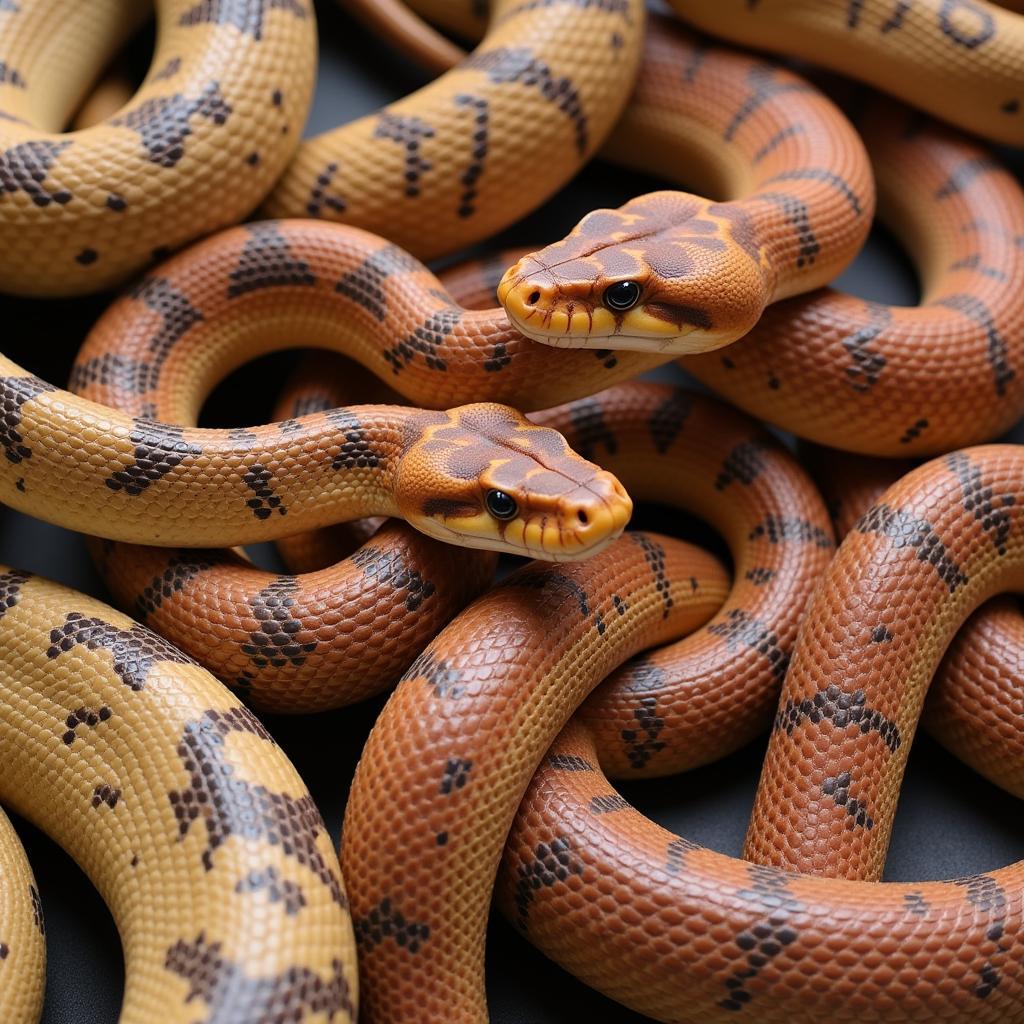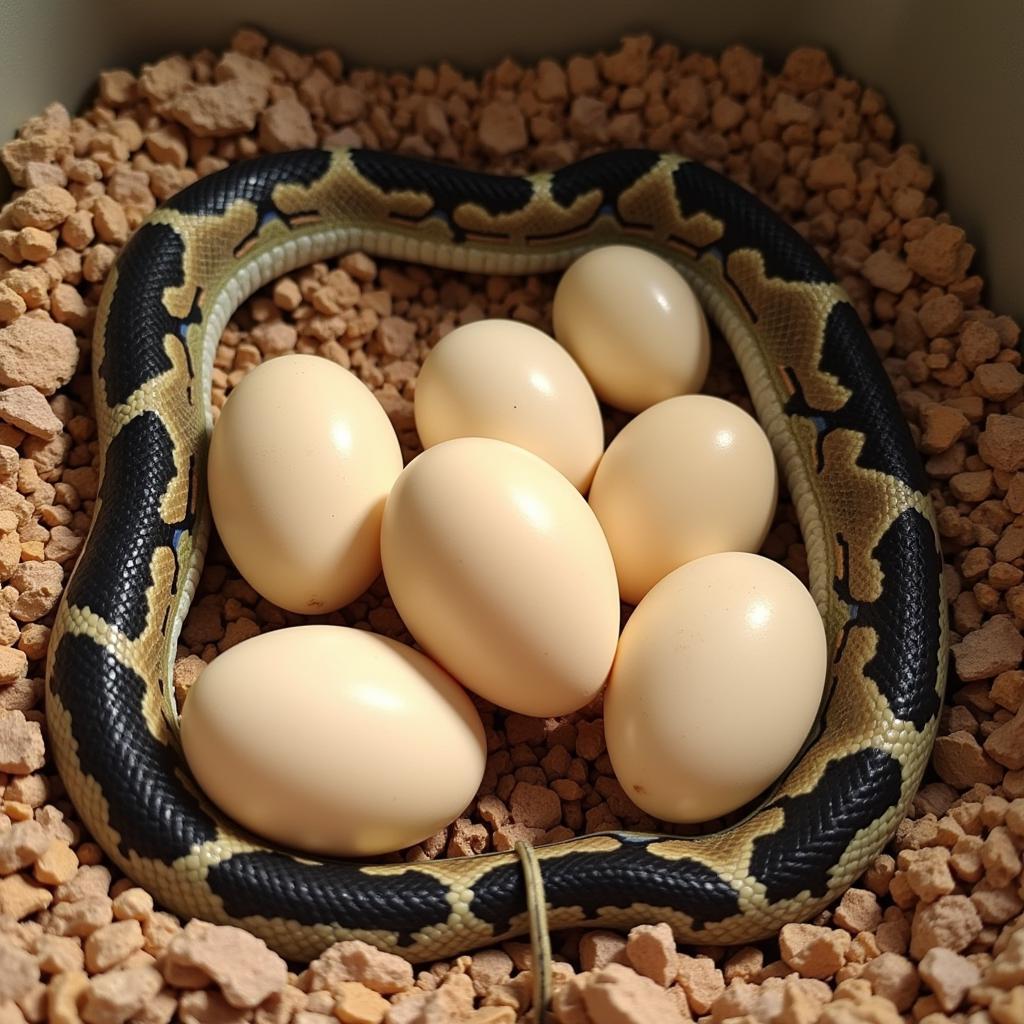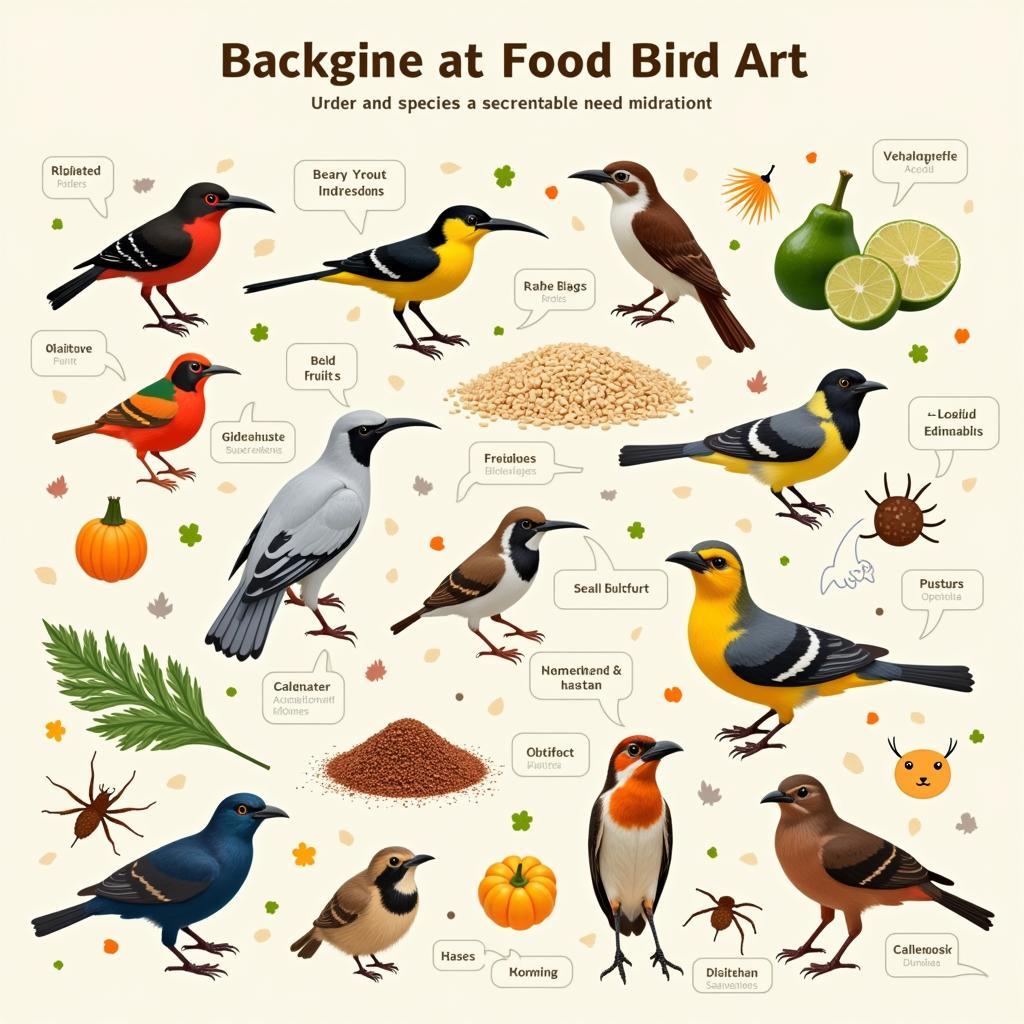African House Snake: A Comprehensive Guide
The African House Snake (Boaedon fuliginosus) is a non-venomous species commonly found across sub-Saharan Africa. These slender, adaptable snakes have become popular pets due to their docile nature, manageable size, and striking patterns. This guide delves into the fascinating world of the African house snake, covering their characteristics, habitat, diet, and care in captivity.
Understanding the African House Snake
African house snakes, also known as brown house snakes, are relatively small, typically reaching lengths of 2 to 3 feet, with females generally larger than males. Their coloration varies depending on the region, ranging from shades of brown, olive, and gray, often adorned with darker blotches or stripes. Their smooth scales contribute to their sleek appearance.
 African House Snake Color Variations
African House Snake Color Variations
Known for their gentle temperament, African house snakes rarely bite and are generally considered safe for handling. They are primarily nocturnal, spending their days hidden in burrows, under rocks, or within crevices. Their sleek bodies and agile movements allow them to navigate tight spaces with ease.
Natural Habitat and Distribution
Thriving in diverse habitats, from savannas and grasslands to forests and even urban environments, the African house snake demonstrates remarkable adaptability. Their ability to exploit a variety of food sources contributes to their widespread distribution. However, they are absent in the arid regions of southern Africa, like the Namib Desert.
Their presence in and around human settlements often earns them the moniker “house snake.” They are attracted to rodents and other small vertebrates that frequent these areas, providing a natural pest control service.
Diet and Feeding Habits
As constrictors, African house snakes subdue their prey by coiling around them and applying pressure. Their diet primarily consists of:
- Rodents: Mice, rats, gerbils
- Lizards: Geckos, skinks
- Frogs and Toads
- Birds and their eggs
In captivity, it’s crucial to provide a varied diet of appropriately sized prey items. Feeding frequency depends on the snake’s age, size, and the size of the prey. Young snakes require more frequent feedings compared to adults.
It’s worth noting that some African house snakes can be fussy eaters, especially in captivity. Owners may encounter situations where their african house snake not eating, requiring patience and adjustments to their feeding routine.
African House Snake as a Pet
The African house snake’s docile nature, manageable size, and captivating appearance have made it a popular choice among reptile enthusiasts. However, providing proper care is essential for their well-being.
Housing
A secure enclosure is crucial to prevent escapes. A 20-gallon terrarium is suitable for juveniles, while adults thrive in a 40-gallon or larger setup. Providing hiding spots, such as caves, cork bark, or even overturned flower pots, is essential to mimic their natural environment and reduce stress.
Substrate
Aspen shavings, cypress mulch, or coconut fiber are suitable substrate options, offering good drainage and humidity control. Avoid cedar or pine shavings as they release harmful oils.
Temperature and Humidity
Maintaining a temperature gradient within the enclosure is vital. A basking spot of 85-90°F (29-32°C) and a cooler side of 75-80°F (24-27°C) are ideal. A heat mat placed under one side of the enclosure can create the necessary temperature gradient. Humidity levels should range between 40-60%.
Breeding African House Snakes
Breeding African house snakes in captivity requires specific knowledge and experience.
Identifying Sex
Distinguishing males from females can be tricky. Males typically have longer tails with a noticeable bump at the base, while females have shorter, tapering tails. Probing is the most accurate method for sex determination but should only be performed by experienced handlers.
Breeding Process
Breeding season usually occurs after a cooling period. Females lay clutches of 6-20 eggs, which they incubate for around 60 days. After hatching, the young snakes are independent and should be housed separately.
 African House Snake Eggs Incubation
African House Snake Eggs Incubation
Conservation Status
The African house snake is currently listed as a species of Least Concern by the International Union for Conservation of Nature (IUCN). However, habitat loss and degradation pose potential threats to their populations in some areas.
Conclusion
The African house snake, with its fascinating adaptations, gentle nature, and manageable care requirements, makes a captivating and rewarding pet for reptile enthusiasts. By understanding their needs and providing a suitable environment, owners can contribute to the well-being of these fascinating creatures.


